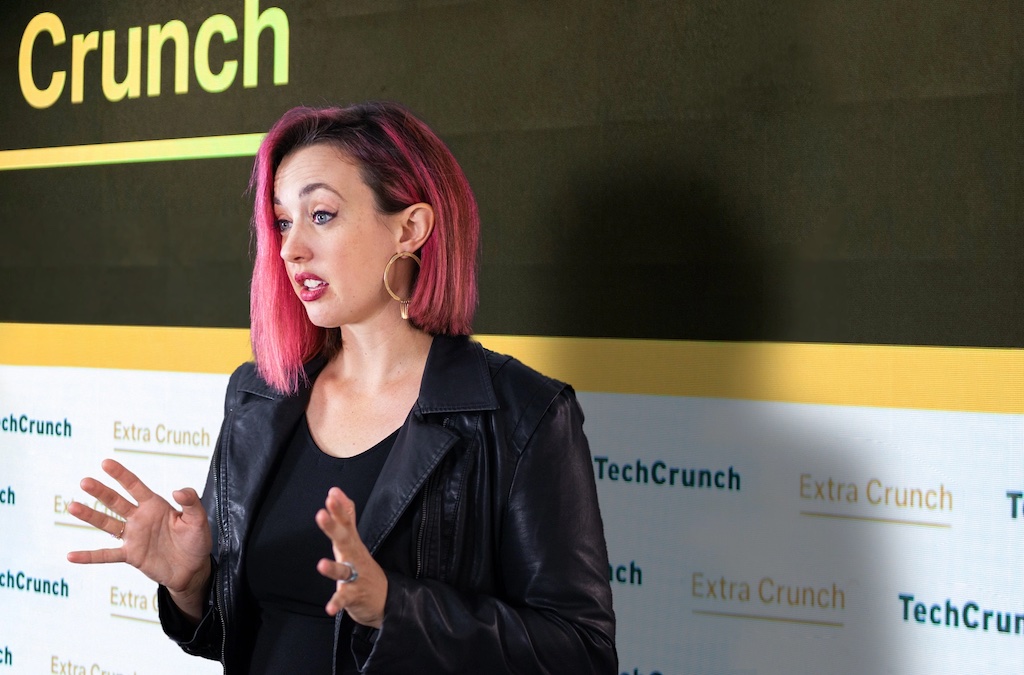Here’s another edition of “Dear Sophie,” the advice column that answers immigration-related questions about working at technology companies.
“Your questions are vital to the spread of knowledge that allows people all over the world to rise above borders and pursue their dreams,” says Sophie Alcorn, a Silicon Valley immigration attorney. “Whether you’re in people ops, a founder or seeking a job in Silicon Valley, I would love to answer your questions in my next column.”
TechCrunch+ members receive access to weekly “Dear Sophie” columns; use promo code ALCORN to purchase a one- or two-year subscription for 50% off.
Dear Sophie,
I’m currently on regular OPT. My employer will sponsor me in the H-1B lottery in March. Can you share any tips for presenting a strong H-1B case if I’m selected? If I’m not selected, then what?
— Proficient and Pragmatic
Dear Proficient,
Thank you for asking the two questions that I’m sure are on every first-time H-1B candidate’s mind. Even though the H-1B lottery isn’t until March, it’s important for companies and their immigrant employees to start getting things in order right now. With the tech layoffs, there is a chance of fewer registrations for the upcoming lottery, which could lead to higher chances of selection.
Tips for a strong H-1B petition
If you’re selected in the lottery, your company will be notified by March 31 and will have until June 30 to file your petition for the H-1B specialty occupation visa. As always, I suggest that employers work with their immigration attorneys to establish a strategy now.
If you are selected in the lottery, your company will need to craft a strong H-1B for you with its legal counsel. Crafting a strong H-1B petition begins with getting a Labor Condition Application (LCA) approved by the U.S. Department of Labor. An approved LCA is required for all H-1B petitions. The Labor Department typically decides on whether to certify an LCA within 10 business days.
For the LCA, your employer must promise to pay you at least the prevailing wage based on your position and work location and ensure that your employment conditions won’t negatively affect American workers. Employers don’t need to submit evidence to the Labor Department with the LCA, but they must post a copy of the H-1B notification, which can be done electronically, keep all supporting documents in a file and make it available for public viewing.

Image Credits: Joanna Buniak / Sophie Alcorn (opens in a new window)
For the H-1B specialty occupation visa, your employer will need to fill out Form I-129 (Petition for a Nonimmigrant Worker) and include evidence and supporting documents. Crafting a strong H-1B petition also requires the following:
- Your employer must demonstrate that the “specialty occupation” you are offered requires a bachelor’s degree and show that you have the degree. If your position falls within the STEM category, proving the need for a bachelor’s degree is often easy. It’s more challenging for non-STEM positions and certain specific occupations, such as IT, programming, data analysis or other analyst jobs.
- You will need to collect documents that show you have maintained your immigration status while here in the U.S., including all I-20s issued to date for students and any employment authorization document (EAD) cards.
- Avoid mistakes and omissions by double-checking your forms and documents. Make sure the information contained in the LCA matches Form I-129 and everything that needs to be signed is signed.
Plenty of other options!
Dear Sophie: Any tips for presenting a strong H-1B case? What if I’m not selected? by Ram Iyer originally published on TechCrunch








